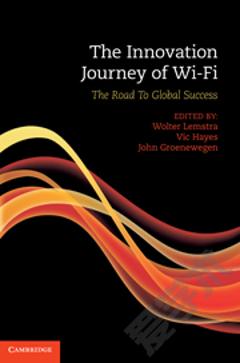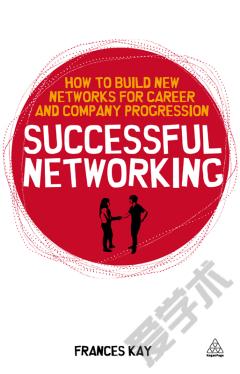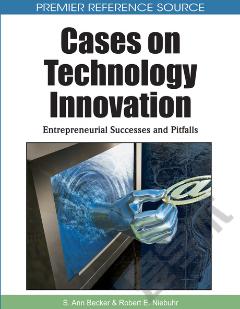The Innovation Journey of Wi-Fi: The Road to Global Success
Wi-Fi has become the preferred means for connecting to the internet - at home, in the office, in hotels and at airports. Increasingly, Wi-Fi also provides internet access for remote communities where it is deployed by volunteers in community-based networks, by operators in 'hotspots' and by municipalities in 'hotzones'. This book traces the global success of Wi-Fi to the landmark change in radio spectrum policy by the US FCC in 1985, the initiative by NCR Corporation to start development of Wireless-LANs and the drive for an open standard IEEE 802.11, released in 1997. It also singles out and explains the significance of the initiative by Steve Jobs at Apple to include Wireless-LAN in the iBook, which moved the product from the early adopters to the mass market. The book explains these developments through first-hand accounts by industry practitioners and concludes with reflections and implications for government policy and firm strategy.
{{comment.content}}








 京公网安备 11010802027623号
京公网安备 11010802027623号